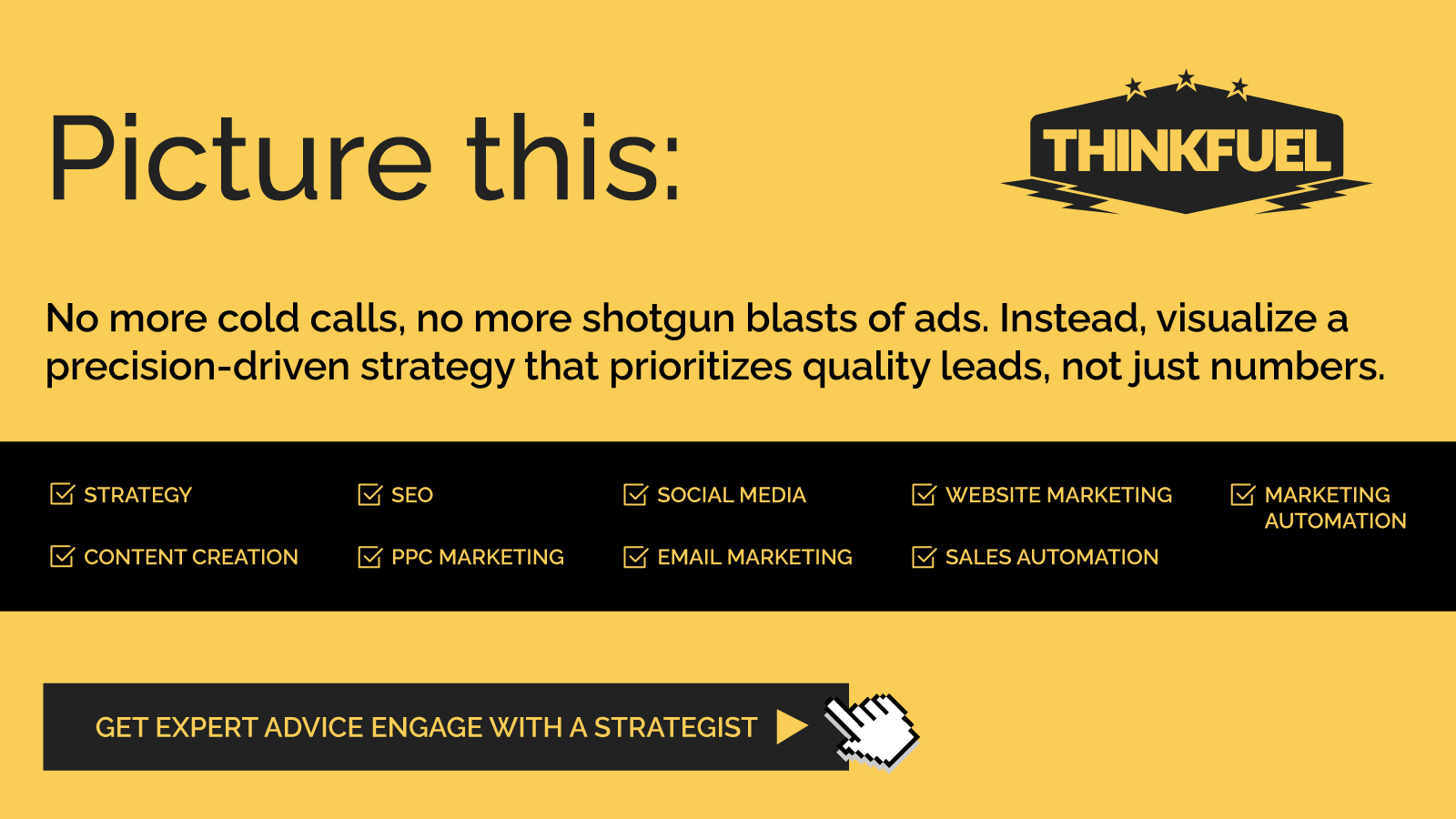Sales Copywriting 101 – 5 Rules for Writing High-Converting Copy
Successful marketing campaigns depend on persuasive sales copy, but the art of persuasion isn’t always so easy to master. Just what is a sales copywriter, sometimes referred to as a sales funnel copywriter? A simple definition is someone tasked with writing text that turns potential buyers into customers.
Easier said than done. But even if you’re a hunt-and-peck typist who wasn’t a star English student, following some key rules will make your sales copy sing. Although tone and style might differ depending on your audience, the fundamentals always apply when it comes to sales page copywriting. We’re not just talking about spelling and grammar. We’re talking about applying the core principles of copy that convinces, which is copy that converts.
So what’s in this secret sauce? Audience understanding. Attention-grabbing headlines. A focus on benefits over features. Credibility-building. Compelling calls to action. Adopt these rules, and no matter your product – from SaaS to industrial supplies – you can craft compelling copy that amplifies your brand and drives successful marketing campaigns. Let’s dive in.
Rule #1: Understand Your Audience Needs
Whatever you’re writing – a blog post, a sales page, an email, or a social media caption – to be effective, your message must resonate with those you’re trying to reach. What motivates your audience? What are their pain points? Great sales copywriting tailors compelling communication that makes your audience feel you understand them and how best to solve their problem.
Well-crafted sales copy solves a problem. But before you can address issues, you have to know what they are. Pain points are problems or challenges your audience is looking to you to solve. Identifying and addressing audience pain points in your copy is crucial to show them that you understand their pain and can provide a workable solution – by purchasing your product or service, of course.
To understand audience needs, you must first understand your audience by developing accurate buyer personas. Buyer personas provide the inspiration for sales page copywriting because they are representations of your ideal customers firmly rooted in data and research. You can then focus on these qualified prospects who are more likely to convert.
Create Your Buyer Personas
Rule #2: Focus on Benefits Rather Than Features
People don’t really care about features. They care about how what you’re selling will benefit them. By highlighting benefits when writing sales copy, you’re speaking to their needs and invoking emotion, forming a picture in their mind of how your product will change their work life for the better.
Don’t confuse benefits with advantages. While they go hand-in-hand, advantages point out why features matter, and benefits explain why advantages matter. Why is this important? Research has shown over and over again that people make decisions based on emotion, even in the B2B space.
While buyers care about the overall business outcome, they care more about what the outcome will be for them. They want the approval of their colleagues, and they want to make the right decisions that help them keep their jobs. This means arousing emotions like affinity and comfort and making them feel your product can improve their situation.
Learn How Emotional Selling Increases Sales
Rule #3: Build Your Credibility
Now that you understand your audience and know where to place your focus when writing sales copy, it’s time to build credibility. The words trust and credibility can be used interchangeably; a credible business is worthy of trust. Of course, you can’t expect potential customers to just take your word for it.
Weave in testimonials
These can be from either customers or business partners. Leverage testimonials to demonstrate the value, credibility, and authority that engenders trust and persuades prospects to buy from you. A good way to incorporate testimonials is through what is known as pull quotes.
To do this, incorporate some keywords from the testimonial into your text. Then isolate the quote as a separate paragraph in a larger font. For example:
XYZ Software improves productivity, efficiency, and saves money.
“Since integrating XYZ Software into our workflow, our staff is much more efficient, and productivity has increased to the point that overtime is no longer necessary, which reduces staff costs.”
You can shout loudly or let someone else do it for you. To build credibility, you must demonstrate that your company is worthy, and there’s no better way than testimonials.
Add links to case studies
Case studies can be credibility-building gold for a sales funnel copywriter. A case study showcases how your business uses its products or services to help its customers. They are important to cut through the noise and to build trust with your target audience because they
- Help tell the company story, framing it around how you’ve helped your customers
- Offer unambiguous proof. Just like testimonials, they turn hypothetical scenarios into fact-based demonstrations.
- Leverage the power of customer experience. You’ll be tying into emotions again as prospects put themselves in the shoes of current clients, which motivates them to take action themselves.
- Differentiate you from competitors. Heavy saturation can make it hard to stand out. Case studies can highlight what sets your business apart.
- Position your company as an industry leader. Case studies show prospects you have experience in their industry, significantly boosting your credibility.
Learn More About How Case Studies Convert
Rule #4: Write Headlines That Provoke Curiosity
Ah, the headline. Some argue that it is the most important part of any writing. That’s because if your headline is not compelling, your blog, email, sales copy, or newsletter will go unread. Why? Buyers are busy and torn in many directions. This means they have to decide what is and what is not worth their time.
So, craft headlines as though your livelihood depends on it because, in a sense, it does. People make decisions quickly – it only takes a few seconds to decide if your copy is read-worthy. Even the most brilliant copy will be ignored if the headline doesn’t motivate them to read further.
Just as there are five rules for sales copy, there are five rules for successful headlines.
- Clarity counts. Don’t be confusing, circular, or cagey. Be coy, but focus the headline on what the article is about.
- Be relevant. We’ve all seen clickbait headlines that promise one set of information and deliver another. Don’t be that headline writer.
- Focus, focus, focus on your target audience. You might have five personas, but they all have one thing in common – they have a need for your product and service. How do they like to be spoken to?
- Be short and sweet. No one wants to read a long, convoluted headline. Keep it short and straight to the point.
- Be compelling. The point of a headline, after all, is to get someone to read the rest of the article. A boring headline won’t do that. Incorporate emotion, use action words, and use your headline as another way to spur readers to action. Emotion words, trigger words, power words. They all mean the same thing. They inspire an emotional reaction, spark imagination, and make readers feel the way they want to feel.
Great Headlines Rank Better
Rule #5: Craft a Compelling Call To Action
Your call to action (CTA) tells your readers what you want them to do next. Your CTA should spur action.
- Start with a strong, commanding verb. Examples include: buy, shop, order, download, subscribe, fill out our easy form, etc. Add words like now, today, and start. Examples:
- Buy now for best selection
- Download our free eBook today!
- Start earning more today
- Make the value clear. Concisely explain what will happen when they click, per the samples above.
- Make them time-sensitive. Add an element of urgency, using words like now, act now, hurry, etc.
- Make it visible. Your CTA doesn’t have to be a single word or phrase. Create a box with graphics that’s as wide as a column of copy that highlights your offering. Create bold, bright buttons. And your CTA doesn’t have to just appear at the end of the page – it can be wherever it makes sense within the copy.
- Personalize CTAs for different audience segments. There’s not one CTA to rule them all – you can tailor CTAs for different segments. It takes the right software, but you can show your leads one CTA, and everyone else will see another.
Learn More About the Power of a Compelling CTA
And there you have it – five rules for sales funnel copywriting. By following them, you’ll give your marketing campaigns a significant boost. Delving into your target audience's preferences and pain points, writing curiosity-driven headlines, translating features into customer-centric benefits, integrating testimonials and case studies, and employing clear and urgent CTAs, you can create persuasive copy that converts readers into customers.
Table of contents
Share this
You May Also Like
These Related Stories

How to Get More Website Leads

Micro Conversion Ideas for Lead Generation

